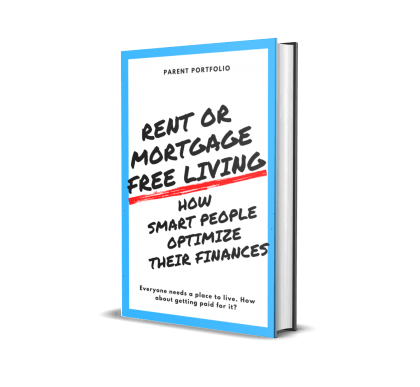5 Things Every Rookie Real Estate Investor Should Know Getting Started

The housing market is a bit chaotic at the moment. With inflation still running higher than average, it’s much more a seller’s market than a buyer’s.
However, when looking for a great option, sometimes the market isn’t all you must consider. With the massive surge in house flipping in the last decade, many buyers are weary of houses that look good, only to hide a slew of problems underneath new paint and crown molding.
There are some ways to distinguish a good flip from a bad one, even in today’s short-sell atmosphere. These are the best answers to the critical question, how do I tell a bad house flip from a good one?
1. Inspection Central
Understandably desperate times can call for desperate measures, and sometimes, it might seem easier to forgo a formal inspection. However, one individual pointed out why you never want to skip the examination, even if you must wait a few extra days or pay more upfront.
An inspector will catch issues you might not even know to look for. For example, upgrades to plumbing, electrical, air conditioning, or the roof can all be a tick in the plus column. And on the flip side, no pun intended, they can all be a huge red flag if they aren’t up to code or haven’t been upgraded in an older home.
You Might Also Like: How Long Does a Home Inspection Take?
2. Costly Concessions
Another great point about an excellent flip, someone added, is that it deals with concessions that can save you big upfront. For example, if the home you’re hoping to purchase needs repairs the owner doesn’t want to pay for or deal with. You can likely get them to drop their asking price.
They will likely accept a lower offer by asking them to consider the cost and time in making the repairs after the sale. Don’t be afraid to put in a request that takes into account any repairs that will need to be done by you if the seller isn’t willing to wait on the sale to see the repairs beforehand.
You Might Also Like: Flipping Houses via the Live-in Flip: Pros and Cons
3. Non-Regular Inspections
A well-informed person made a great point about issues usually outside the regular scope of a home inspection, the sewer. While a roof inspection may or may not be included in a general home examination, the sewer is usually overlooked.
One respondent said to fork over the extra fee to have a sewer scope through your septic system. While this might seem overkill, it can save you from a bad buy if there is an issue.
4. Permits
One great answer came in the form of permits. Permits are licenses for upgrades to areas like electrical, plumbing, A/C, roofing, and any additions or demolitions that get done to a home. These can be tell-tale signs that work was either done or wasn’t.
If a listing says, for instance, that X amount of dollars in upgrades was done to the electrical and A/C systems in a home and no permits were pulled for those on that particular house, you’ll know that the home isn’t one you’re interested in buying.
Permits are a first step in the repair or upgrade process, and if a home advertises items like this that don’t have corresponding permits, the proof is in the pudding, so they say.
5. Open and Shut
One easy-to-accomplish task was given by an individual who has purchased a home or two. They advised that a great way to tell a good flip was to open and close everything possible—cabinets, vanities, closets, bedroom doors, the attic or basement appliances, etc.
Checking appliance dates can distinguish if a home listing was as forthcoming as you’d hoped when purchasing a home. While it might not be the seller’s discretion to fudge on the dates of ‘new’ appliances, they can be older than the listing claims, and if you don’t check, they can cost a bundle to replace should they go bad after the sale is final.
There Are No Good Flips
While perspective is the name of the game when it comes to whether a flip is “good” or “bad,” more than one individual claimed that there are no excellent flips.
The general philosophy to “fix what’s broken” as fast and cheaply as possible to jack up the asking price as quickly as possible doesn’t lend itself to being good.
That said, it doesn’t necessarily mean all flipped homes are bad investments. It simply means that a good, certified home inspection is necessary and that gut instinct might play more into whether you put a financial offer on a home.






